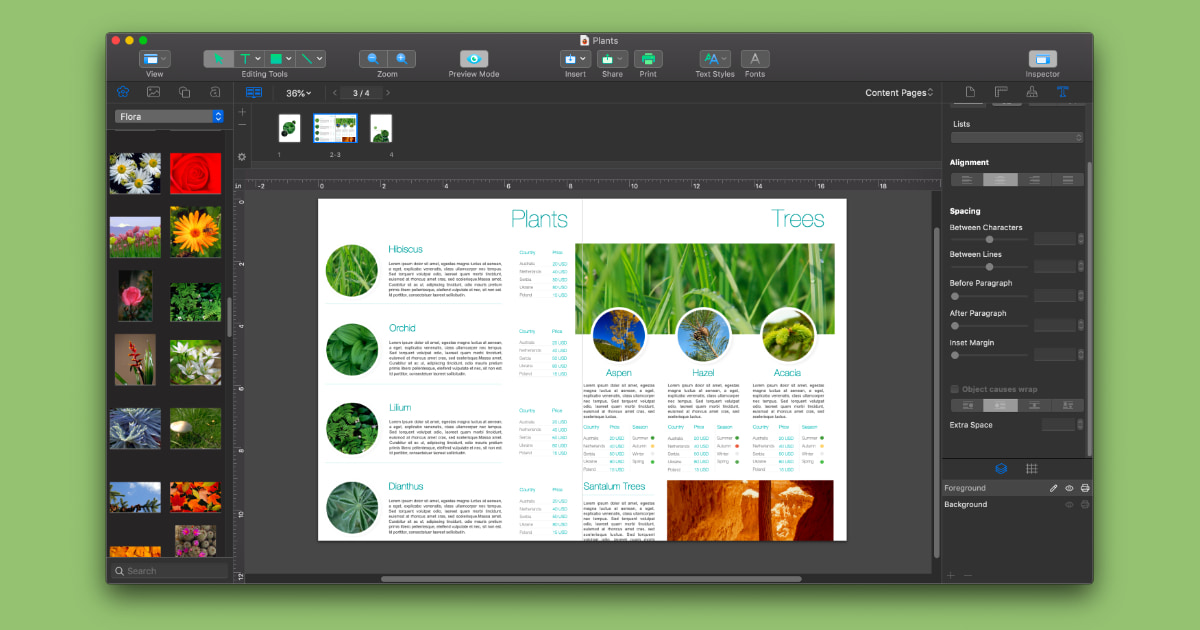
Each page for printing has trim sizes (edge of paper) and a printable area if bleed printing is not possible as is the case with most desktop printers.Ī web page is an example of an electronic page that is not constrained by virtual paper parameters. A virtual page for printing has a predesignated size of virtual printing material and can be viewed on a monitor in WYSIWYG format. Some desktop publishing programs allow custom sizes designated for large format printing used in posters, billboards and trade show displays. Virtual paper pages will ultimately be printed, and therefore require paper parameters that coincide with international standard physical paper sizes such as "A4," "letter," etc., if not custom sizes for trimming. All computerized documents are technically electronic, and are limited in size only by computer memory or computer data storage space. There are two types of pages in desktop publishing, electronic pages and virtual paper pages to be printed on paper. However, some were able to realize truly professional results. This made it suitable for manuals and other long-format documents.ĭuring its early years, desktop publishing acquired a bad reputation as a result of untrained users who created poorly-organized layouts - similar criticism would be levied again against early Web publishers a decade later. This software automatically generated indices and other body matter. While PageMaker's pasteboard metaphor closely simulated the process of creating layouts manually, Ventura Publisher automated the layout process through its use of style sheets.

Although Macintosh-based systems would continue to dominate the market, in 1986, the GEM-based Ventura Publisher was introduced for MS-DOS computers. The term "desktop publishing" is attributed to Aldus Corporation founder Paul Brainerd, who sought a marketing catch-phrase to describe the small size and relative affordability of this software in contrast to the expensive commercial phototypesetting equipment of the day.īehind-the-scenes technologies developed by Adobe Systems set the foundation for professional desktop publishing applications. Newspapers and other print publications made the move to DTP-based programs from older layout systems in the 1980s.

The ability to create WYSIWYG page layouts on screen and then print pages containing text and graphical elements at crisp 300 dpi resolution was revolutionary for both the typesetting industry and the personal computer industry. Indeed, one popular desktop publishing book was actually titled The Mac is not a typewriter. Before the advent of desktop publishing, the only option available to most persons for producing typed (as opposed to handwritten) documents was a typewriter, which offered only a handful of typefaces (usually fixed-width) and one or two font sizes.


 0 kommentar(er)
0 kommentar(er)
